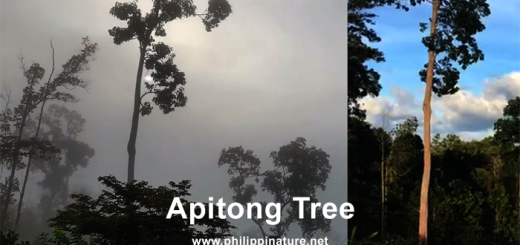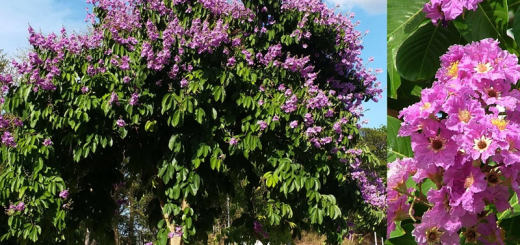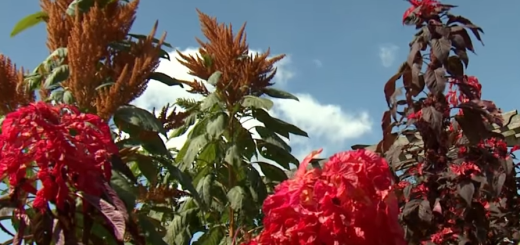Malabulak Tree
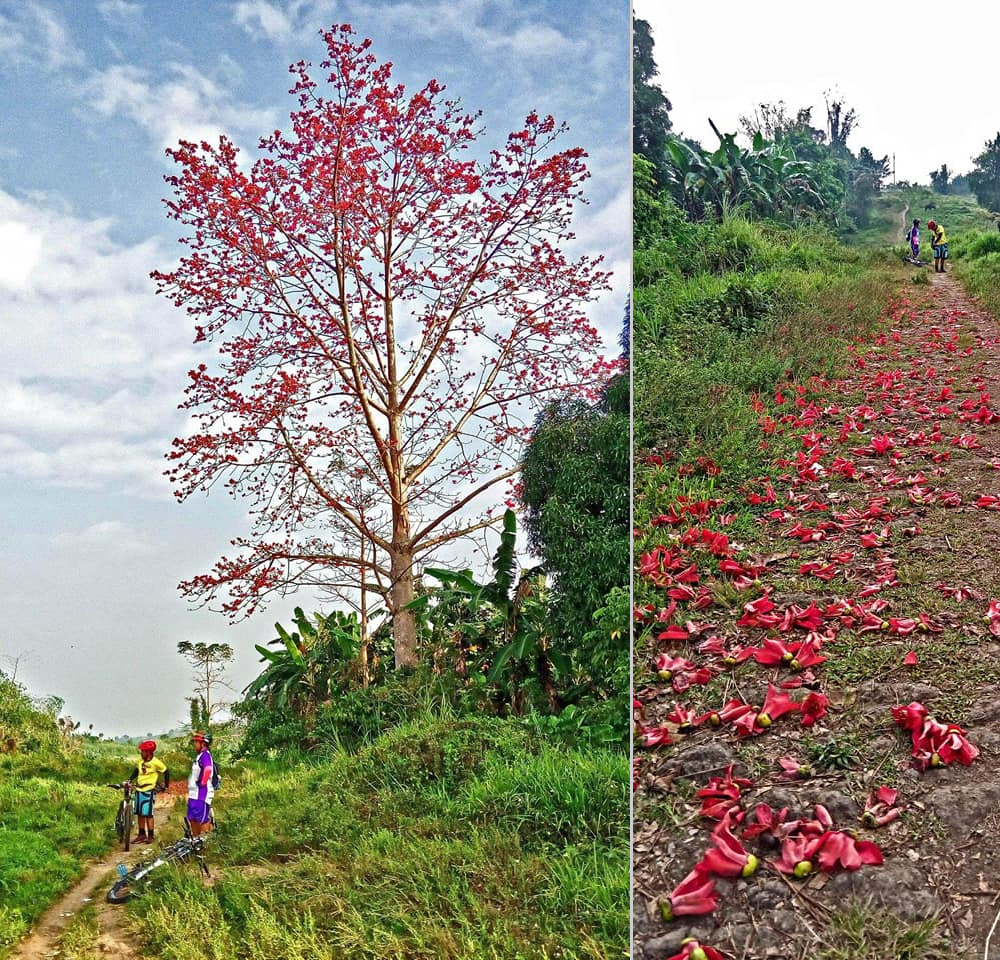
Locally called Malabulak Tree in the Philippines and commonly known as cotton tree, red silk-cotton or red cotton tree, is an Asian tropical tree with a straight tall trunk and its leaves are deciduous in winter. Red-orange or pink flowers with 5 petals appear in the spring before the new foliage. It produces a capsule which, when ripe, contains white fibres like cotton. Its trunk bears spikes to deter attacks by animals. Although its stout trunk suggests that it is useful for timber, its wood is too soft to be very useful.
Malabulak grows to an average of 20 meters, with old trees up to 60 meters tall in wet tropical regions. This cotton tree can rivals the cherry blossoms in terms of splendor. When all the leaves have fallen off the tree, leaving only large red-orange or pink flowers on its branches.
Ecological Significance
The Malabulak tree plays an essential role in the ecosystem. Its large roots help prevent soil erosion, while its dense canopy provides shelter for various animals and plant species. Birds, insects, and small mammals all find refuge in the tree’s branches or in the fruit that falls to the ground. In its native habitats, it is considered a keystone species, contributing to the stability of the forest ecosystem.
Moreover, the Malabulak tree supports biodiversity in tropical forests by fostering a variety of life forms. The tree’s cotton-like fibers are often used by some bird species to build nests, while the tree’s flowers serve as an essential nectar source for bees and butterflies.
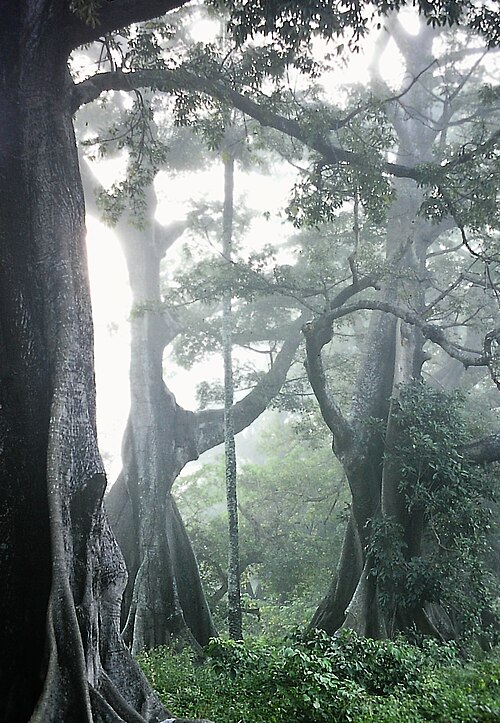
Bombax ceiba in Senegal © Creative Commons | Author: Mbzt
Uses of the Malabulak Tree
The Malabulak tree isn’t just beautiful to look at—it’s also highly practical. The soft fibers that surround the seeds have been used for centuries by local communities in Southeast Asia. Traditionally, the fibers were used to make pillows, cushions, and even clothing due to their lightness and insulation properties. These fibers have also found their way into the modern textile industry, where they are used in insulation and stuffing materials.
The wood of the Malabulak tree is light and durable, making it ideal for crafting furniture, building materials, and even boats in some areas. However, it’s not as commonly used as some other tropical hardwoods due to its soft nature.
Cultural Significance
In many Southeast Asian cultures, the Malabulak tree holds symbolic meaning. In parts of the Philippines, it is considered a sacred tree and is often planted near homes or temples to ward off evil spirits and bring good fortune. The tree is also linked with folklore and local myths, often representing strength, protection, and resilience due to its towering presence and resilience in harsh environments.
In traditional medicine, the Malabulak tree’s bark, leaves, and seeds have been used for various remedies. Some cultures use the bark to treat ailments like coughs, while the leaves are utilized in poultices for wound healing. However, it is important to note that while the Malabulak tree has medicinal uses, it’s crucial to consult with an expert before using any plant for therapeutic purposes.
Threats and Conservation
Like many tropical species, the Malabulak tree faces threats from habitat destruction due to logging, agriculture, and urbanization. Deforestation in the Philippines and Southeast Asia has had a significant impact on many native tree species, including the Malabulak. Conservation efforts are vital to protect these unique trees and preserve their role in the ecosystem.
Organizations and local governments are working to raise awareness about the importance of protecting biodiversity. Reforestation initiatives, alongside sustainable land-use practices, aim to preserve the natural habitats of the Malabulak tree and other species that rely on the forest ecosystem.
Fun facts about cotton trees
They’re giants!
Cotton trees can grow up to 200 feet (60 meters) tall. Their trunks are often massive and buttressed (with big flared roots at the base), making them look like natural skyscrapers in the forest.
Not cotton-cotton, but close
The “cotton” from a cotton tree isn’t the same as the cotton used in your t-shirts. It’s a fluffy fiber called kapok, which is super light and water-resistant—once used to stuff life jackets and pillows.
Old souls
These trees can live for hundreds of years. In some cultures, they’re seen as sacred or as symbols of life, strength, or the connection between heaven and earth.
Party central for wildlife
Cotton trees are like big Airbnb hosts to wildlife: birds, bats, monkeys, insects—you name it. Their flowers produce a lot of nectar, which attracts animals that help with pollination.
Myth & legend vibes
In West African and Caribbean folklore, cotton trees are often believed to house spirits or serve as gateways to the spirit world. People sometimes leave offerings at the base of old cotton trees.
Not great for firewood
Despite being huge, their wood is soft and spongy, so it’s not the best for building or burning. That’s why they’re often left standing even when forests are cleared.
The Malabulak tree may not be the most well-known tree in the world, but its beauty, ecological value, and cultural significance make it a true hidden gem in the tropical forest. Whether you’re admiring its striking flowers, appreciating its contributions to local biodiversity, or marveling at its impressive stature, the Malabulak tree is a reminder of the amazing natural world around us.
As we continue to face environmental challenges, it’s essential to recognize and protect the incredible plant species that help sustain the health of our planet. The Malabulak tree, with its rich history and role in the ecosystem, is just one example of nature’s resilience and beauty that we should cherish and safeguard for future generations.
Scientific name: Bombax ceiba
Family: Malvaceae
References:
https://en.wikipedia.org/wiki/Bombax_ceiba
https://www.facebook.com/photo/?fbid=1691759874218084&set=pcb.1691759900884748

